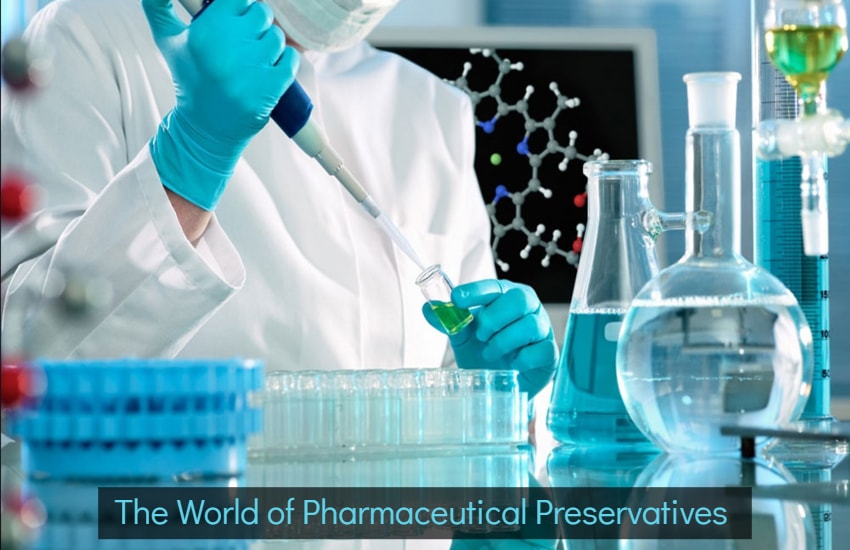Preservatives are substances that are generally added to foods and pharmaceutical products. These preservatives are added in your antibiotics, antiviral and antifungal pharmaceutical medicines to prevent any kind of physical, chemical and biological changes in them, to prolong their shelf life, to enhance activity and efficacy and to stabilize the pharmaceutical product.
How should an ideal pharmaceutical preservative look like?
- Stable
- Odorless
- Cost-effective
- Compatible with drug components
- Effective
- Non-toxic and non-reactive preservative
- Highly soluble
In addition to the above pointers, there are few other things that Formulation Companies in India should keep in mind before choosing a preservative for their pharmaceutical drug:
- The pharmaceutical preservative should not affect patient safety or tolerance of the product.
- Maintain activity throughout the shelf life of your pharmaceutical product.
- Not compromise the quality or performance of the pharma drug
Let’s have a look at the different types of preservatives used by Manufacturer of Formulated Products in pharmaceutical medicines:
Antimicrobial Preservatives: These agents in your pharma products act against the microorganisms in your body and thereby inhibiting their dangerous and harmful growth.
However, there are some factors that to be considered before selecting your antimicrobial preservatives… let’s have a look at them:
- Its effect on active ingredient and excipients
- The preservative dosage depending on the type of pharmaceutical drug that you are manufacturing. Example: Antifungal medicines by Pharmaceutical Product Manufacturing Companies require more amount of antimicrobial preservatives than antibiotics.
Sterile preparations such as eye drop and nose drops which contain considerable content of water are at risk of microbial spoilage and need high amount of antimicrobial preservatives in their pharmaceutical formulation preparation.
Antioxidant Preservatives: One of the most commonly used preservatives. Antioxidants are self reducing agents that oxidize themselves and prevent oxidization of the vital components of your pharmaceutical formulation that are sensitive to oxygen. (Both Vitamin C & E are extremely sensitive to oxygen and light) Different types of antioxidant preservatives: BHA (Butylated hydroxyanisole) BHT (Butylated hydroxytoluene) and Propyl gate.
Chelating Preservatives: A term derived from the Greek word ‘chele’ which means crocodile’s claw. Chelating preservatives are mainly used to prolong the shelf life of antibiotic drugs.


I want to to thank you for this excellent read!! I definitely loved every little bit
of it. I’ve got you saved as a favorite to check out new stuff you post…